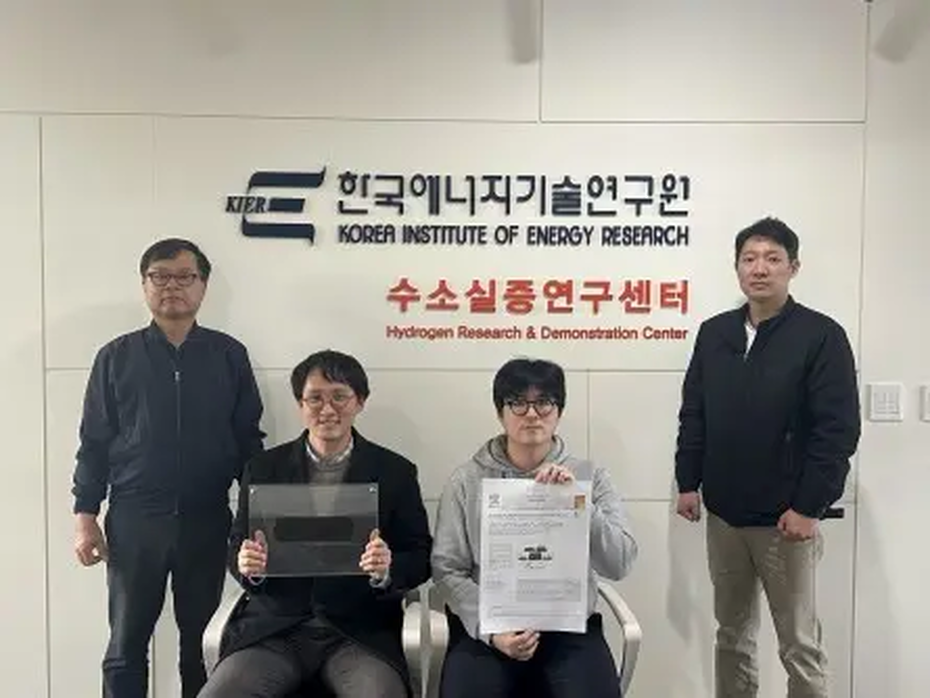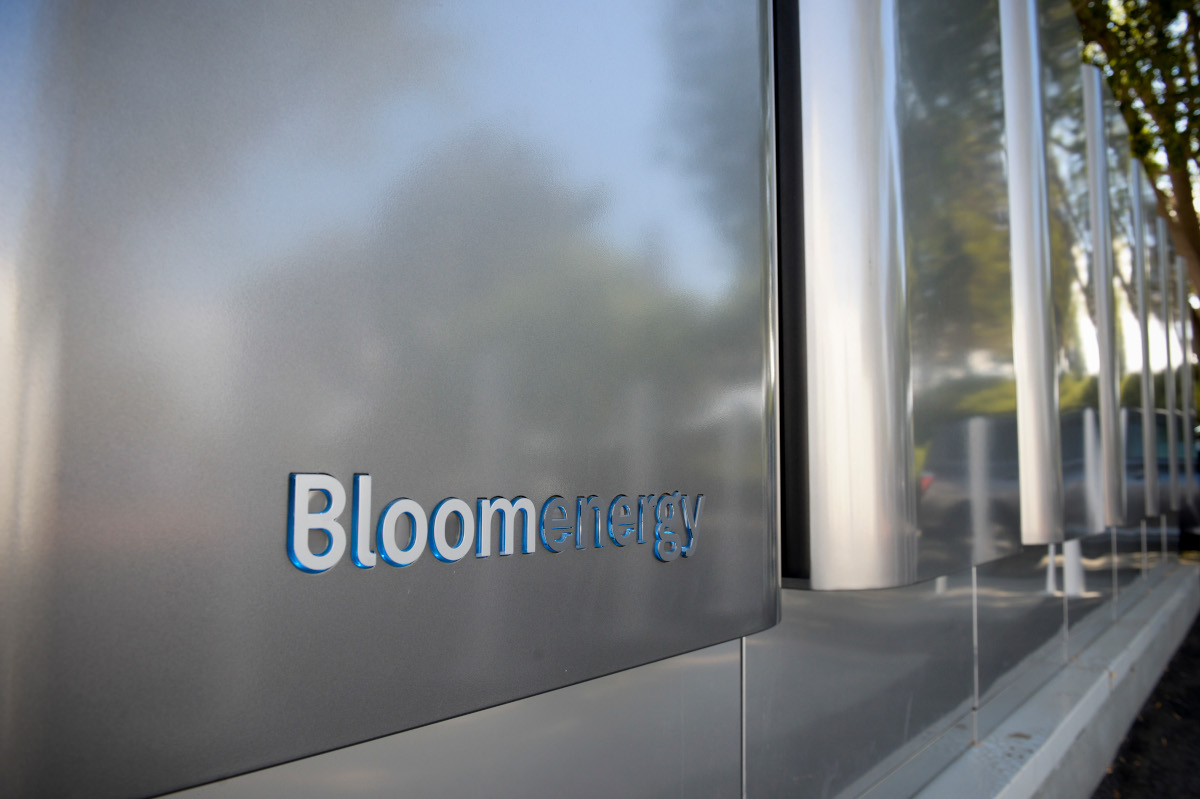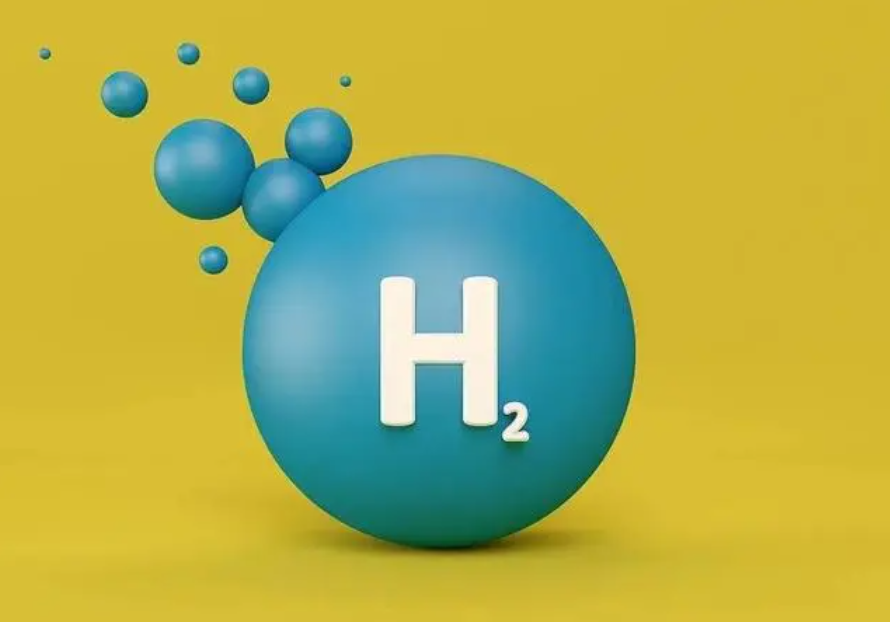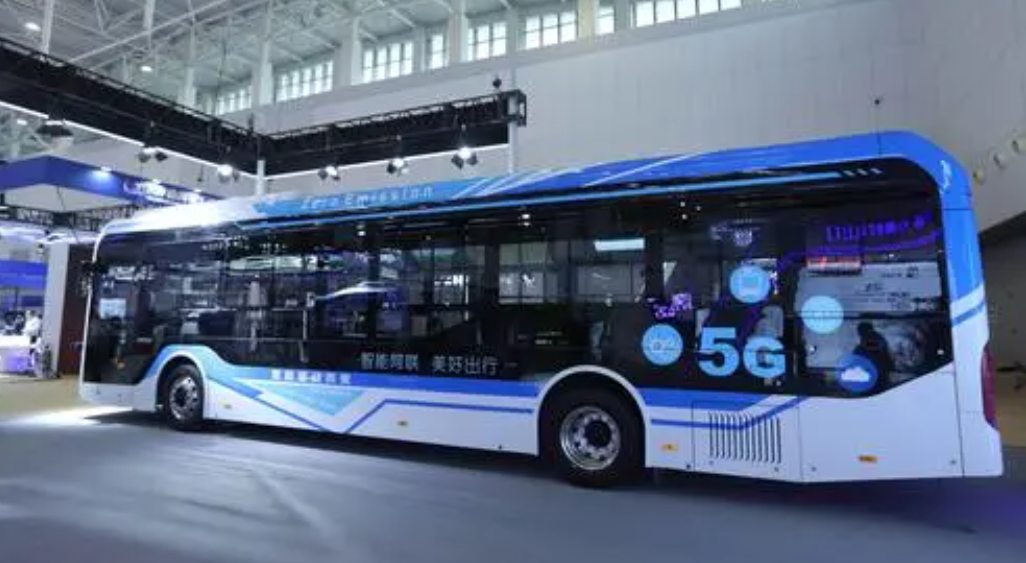Solar redox flow cells (SRFCs) are devices that can store electricity by harvesting sunlight via a photoelectrochemical (PE) panel.
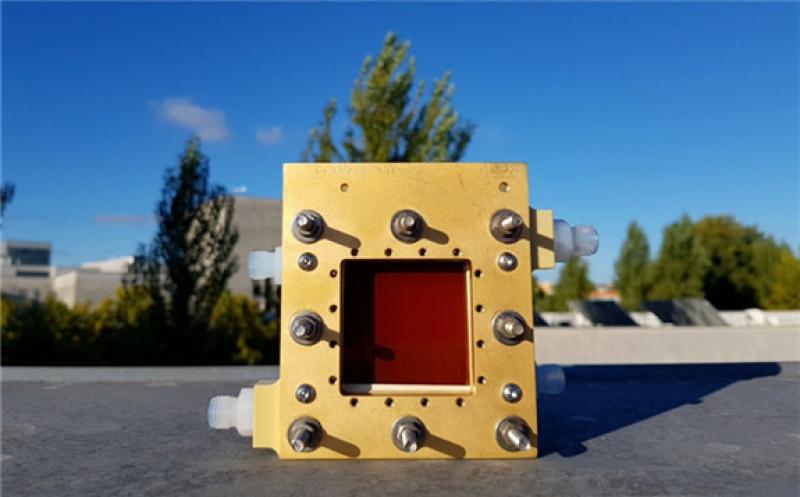 The SolarFlow25 cell. Image: University of Porto
The SolarFlow25 cell. Image: University of Porto
These storage devices are attracting increasing interest from scientists and research institutes and have been developed so far only at research level.
Two of the biggest challenges these batteries have to overcome, along with other minor issues, are the fact that their performance is restricted by inefficient photoelectrochemical reactions and that their storage capacity is limited by the physical dimension of solid electrodes.
With this in mind, scientists at the University of Porto have recently developed a solar redox flow cell for decentralized, residential energy storage.
“In our work, we designed, built, and tested the highest photoactive-area solar redox flow cell device ever reported to date,” the research leading author, Telmo da Silva Lopes, told pv magazine. “We also provided important device design guidelines that will help develop future up-scaled SRFCs, an emerging technology that uses semiconductor-based photoelectrodes to store solar energy in chemical bonds and heat.”
Called SolarFlow25, the device was designed to optimize light absorption by the semiconductor and ensure effective diffusion of redox species while offering minimal electronic and ionic transport resistance.
The device has a 25cm2 photoactive area and was built with a large-area PE cell linked to the system structure via small stainless steel screws and an auxiliary metallic rim. “These screws create an electrical path between the conductive metal layer on the perimeter and edges of the PE and the end plate, allowing for … effective current collection,” the Portuguese group explained. “To assemble the cell, both anodic and cathodic compartments were screwed together using bolts with a Nafion 117 membrane in between.”
The system also relies on ferrocyanide/anthraquinone (2,7-AQDS) redox flow chemistry and nanostructured hematite (α-Fe2O3) photoelectrodes combined in series with a dye-sensitized solar cell (DSSC) that is able to produce a photocurrent of approximately 40 mA.
